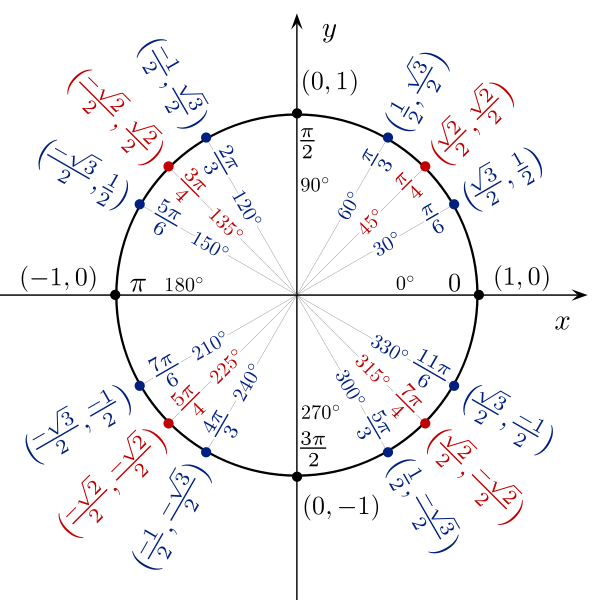
How do you calculate the arctan(
Answer
471.9k+ views
Hint: To solve this problem we should be aware of the fact that arctan(
Also,
Complete step by step solution:
We need to solve arctan(
We know that, arctan(
Tangent of theta is defined as the ratio of sine of theta to cosine of theta, i.e.,
So, we get that,
We will use the below unit circle to generalize

We get that,
In the given case,
Only x = 0 satisfies,
We get,
arctan(
Note:
Arctan(
Also,
Complete step by step solution:
We need to solve arctan(
We know that, arctan(
Tangent of theta is defined as the ratio of sine of theta to cosine of theta, i.e.,
So, we get that,
We will use the below unit circle to generalize

We get that,
In the given case,
Only x = 0 satisfies,
We get,
arctan(
Note:
Arctan(
Recently Updated Pages
Master Class 11 Economics: Engaging Questions & Answers for Success

Master Class 11 Business Studies: Engaging Questions & Answers for Success

Master Class 11 Accountancy: Engaging Questions & Answers for Success

Master Class 11 English: Engaging Questions & Answers for Success

Master Class 11 Computer Science: Engaging Questions & Answers for Success

Master Class 11 Maths: Engaging Questions & Answers for Success

Trending doubts
Which one is a true fish A Jellyfish B Starfish C Dogfish class 11 biology CBSE

State and prove Bernoullis theorem class 11 physics CBSE

In which part of the body the blood is purified oxygenation class 11 biology CBSE

1 ton equals to A 100 kg B 1000 kg C 10 kg D 10000 class 11 physics CBSE

One Metric ton is equal to kg A 10000 B 1000 C 100 class 11 physics CBSE

1 Quintal is equal to a 110 kg b 10 kg c 100kg d 1000 class 11 physics CBSE




